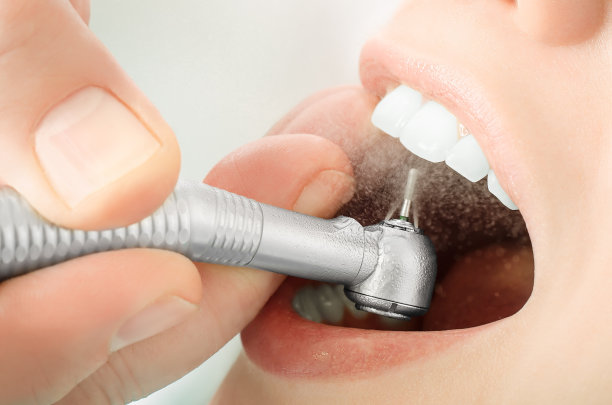Essential Guidelines to Follow Before Undergoing Root Canal Treatment for Optimal Dental Health and Comfort
Summary: Root canal treatment can be a daunting prospect for many patients. However, following essential guidelines can ensure optimal dental health and comfort throughout the process. This article explores four critical areas: understanding the procedure, selecting a qualified dentist, preparing for the treatment, and post-treatment care. By being well-informed and prepared, patients can significantly alleviate anxiety, avoid complications, and achieve a successful outcome, leading to a healthier smile.
1. Understanding the Root Canal Procedure

To make informed decisions regarding root canal treatment, its vital for patients to understand what the procedure entails. A root canal is necessary when the pulp of a tooth becomes infected or inflamed, typically due to decay or injury. This treatment involves removing the infected pulp, cleaning and disinfecting the inside of the tooth, and filling it with a material to ensure that it remains functional and infection-free.
Patients should expect to undergo diagnostic imaging, such as X-rays, before the treatment, allowing the dentist to assess the extent of the damage and plan the procedure accordingly. An understanding of this diagnostic step can provide reassurance, as it helps tailor the treatment to the patients specific needs.
Knowing what the procedure entails can help alleviate fear and anxiety. Patients often worry about pain or discomfort during the treatment. Understanding that dentists use local anesthesia to numb the area can ease those concerns, as most dental professionals are trained to manage any discomfort effectively.
2. Selecting a Qualified Dental Professional
Choosing the right dentist for root canal treatment is crucial for ensuring a positive experience. Patients should seek a dentist with relevant qualifications, certifications, and experience specifically in endodontics. Reading reviews and testimonials can help in assessing the dentists reputation and success rate with similar procedures.
Moreover, patients should feel comfortable discussing their concerns and preferences with their dentist. A good practitioner will take the time to explain the procedure, answer questions, and listen to the patients anxieties, fostering a trustworthy relationship. This open communication can significantly enhance the overall experience and reduce stress.
Another factor in selecting a qualified professional is ensuring that they use advanced technology and techniques. Modern dental practices offer better tools for diagnosis and treatment, improving accuracy and comfort during the procedure. Equipment such as digital X-rays and rotary instruments can make the process quicker and less painful.
3. Preparing for the Treatment Day
Preparation for the day of root canal treatment can help ease apprehensions and set the stage for a smooth experience. Patients should plan for some practical details, such as arranging for someone to drive them home after the procedure. Depending on the local anesthesia used, recovery time can vary, and its advisable not to drive after treatment.
Additionally, patients should avoid eating anything at least a few hours before their appointment to mitigate the risk of nausea due to anesthesia. Staying hydrated is essential, but it’s prudent to limit food intake until after the procedure, ensuring that the body is prepared for the treatment.
Moreover, it helps if patients mentally prepare themselves by practicing relaxation techniques such as deep breathing, meditation, or listening to calming music. Arriving at the dental office relaxed can make a significant difference in the overall experience and outcome of the treatment.
4. Post-Treatment Care and Recovery
The care received after the root canal treatment is critical for achieving optimal results and ensuring comfort. Patients should follow their dentists instructions closely, which may include taking prescribed pain medications and avoiding certain foods for a few days to allow the tooth to heal.
Monitoring the treated area for signs of infection or prolonged pain is essential. If unusual symptoms occur, such as fever or swelling, its vital to contact the dentist as soon as possible. Early detection of complications can prevent further issues and ensure a smooth recovery.
Finally, maintaining good oral hygiene is crucial after treatment. Regular brushing and flossing, along with routine dental check-ups, can contribute to the long-term health of the affected tooth and overall dental well-being. Emphasizing preventive care helps minimize the risk of future dental issues.
Summary:
Overall, undergoing root canal treatment doesnt have to be an overwhelming experience. By understanding the procedure, selecting a qualified dentist, implementing proper preparation strategies, and following post-treatment care guidelines, patients can navigate this dental process with confidence and ease. This comprehensive approach can lead not only to a successful treatment but also to lasting dental health.
This article is compiled by Vickong Dental and the content is for reference only.



